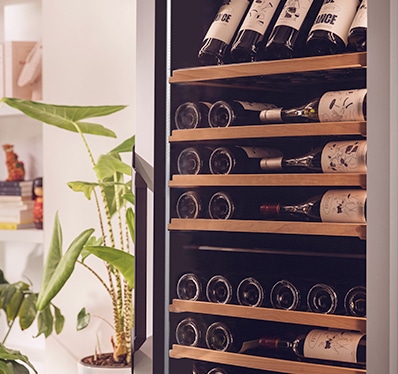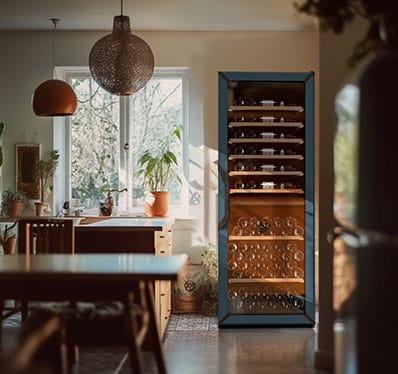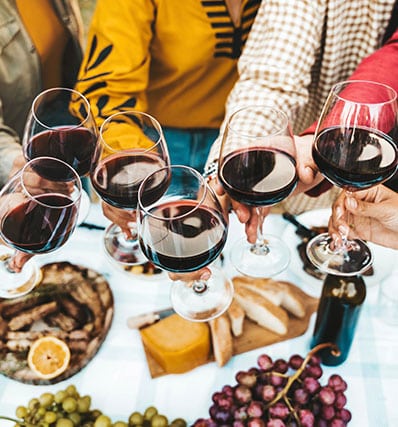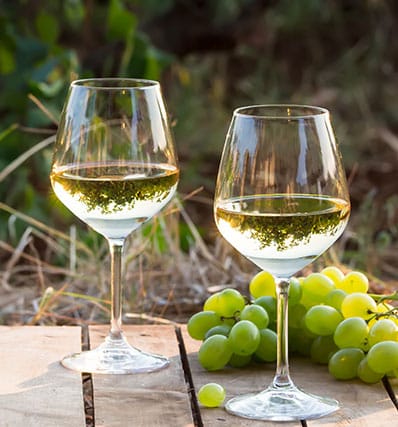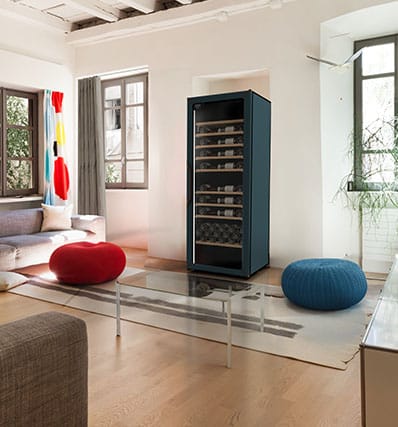
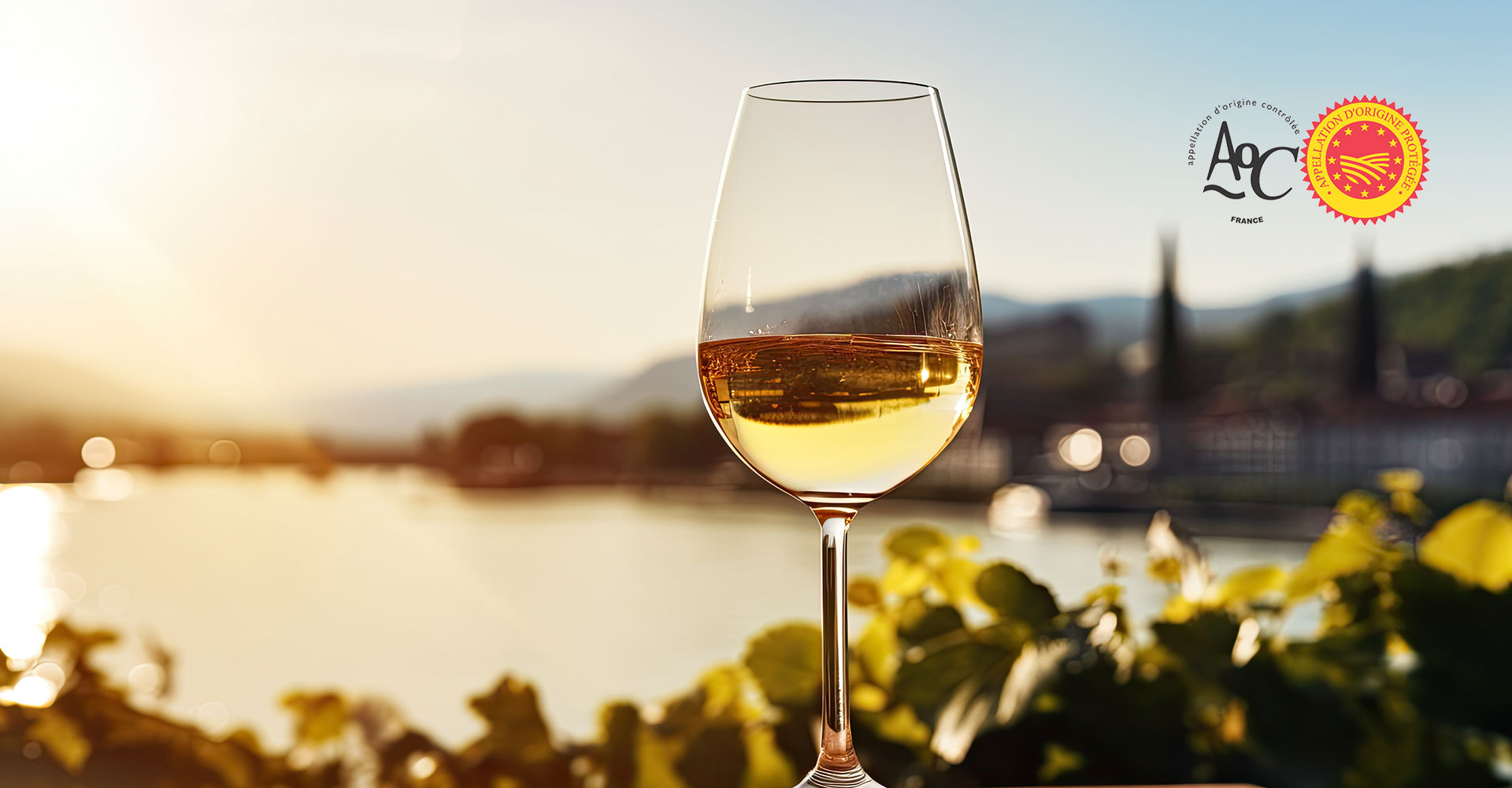
AOP and AOC wines: all you need to know about these labels

The label plays an important role on your wine bottles. It displays both legal and mandatory information, such as the AOC, AOP or IGP wine appellation. But with so many different designations, it can sometimes be hard to make sense of it all! What is the difference between these labels? Why are they important? Goguette sheds some light on these (almost) identical designations.
A short history of wine appellations in France and Europe
Originally, the AOC label standing for “Appellation d’Origine Contrôlée” (Controlled Designation of Origin) was the only one that could be found on wine bottles. Introduced in the 1930s, this French label celebrates the ancestral know-how of France’s regions. Since its inception, it has become a benchmark for local produce in general, and for wine lovers from France and further afield.
With the expansion of trade, the European Commission decided in 1992 to create a new denomination: AOP standing for “Appellation d’Origine Protégée” (Protected Designation of Origin). Its aim was to standardize the various official appellations of European countries under a single designation.
Since 2009, the AOP logo has been mandatory on all products bearing the AOC logo. However, France has obtained a special dispensation for one product in particular: its wine! As a result, the AOP label for French wines remains optional, and winegrowers can choose to keep just the traditional AOC label. Whatever the appellation chosen, AOP and AOC have the same objective: to guarantee the strong link between the product and its terroir.
To sum up :
-
The AOC is a French label that protects the appellation in France.
-
The AOP is a European label strongly inspired by the AOC. It protects the appellation throughout the European Union, not just in France.
The benefits of an AOC-AOP wine
An AOP wine is a wine with a geographical indication (GI). It is therefore subject to rigorous production conditions stipulated in a precise set of specifications. To guarantee the reliability of these appellations, the certifying bodies are accredited by the COFRAC (Comité Français d’Accréditation) and approved by the INAO (Institut national de l’origine et de la qualité), a governing body that is part of the French Ministry of Agriculture.
The AOP designation is recognized by the government and offers two distinct advantages:
-
for the consumer: it certifies a product’s qualities and terroir of origin;
-
for the producer: it showcases their savoir-faire and protects their wines against imitations throughout the European Union.
In France, there are over 330 AOP-AOC wines and spirits, a quarter of which are produced in the Burgundy region.

How do you obtain an AOC or AOP label?
The AOP label is the European equivalent of the AOC. To obtain it, the producers must first have been awarded the French AOC appellation, and must produce their wine in a specific geographical area.
The highly prestigious AOC appellation imposes precise specifications to ensure that the wine retains all its identity and characteristics. Strict criteria are outlined and include:
-
location of the production zone;
-
organoleptic characteristics, aromas and alcohol content;
-
grape varieties used;
-
maximum yields per hectare;
-
winemaking techniques.
Did you know ?
AOC designations were first awarded in 1936 to five vineyards: Monbazillac (Dordogne), Arbois (Jura), Châteauneuf-du-Pape (Vaucluse), Tavel (Gard) and Cassis (Bouches-du-Rhône).

Find your way around these acronyms.
In France, there are now only two categories of wine:
Wines without geographical indication (VSIG) or “Vins de France”
These are similar to traditional table wines. Made with grapes from several regions, they represent less than 15% of French vineyards. A wine without geographical indication does not mean it is not good quality. In fact, some winemakers prefer to break away from the specifications of their appellation to experiment with new blends of grape varieties. These more unusual wines are by no means lacking in originality, and often offer a pleasant surprise on the palate!
Wines with geographical indication (GI)
These are divided into two groups:
-
PGIs (Protected Geographical Indication)
Formerly classified as “Vins de Pays”, they are halfway between Vins de France and AOP. The PGI is also a European appellation, but with more flexible specifications than the AOP. Only one stage of cultivation or vinification must take place in a given geographical area. Moreover, the choice of grape varieties and viticultural methods are not regulated. This appellation is controlled by an independent body and vouches for a wine’s place of origin.
-
The AOPs (Protected Designation of Origin)
They include the former AOC (Appellation d’Origine Contrôlée) and AOVDQS (Appellation d’Origine Vin Délimité de Qualité Supérieure).
AOC-AOP labels may certify a bottle’s origin, but they do not guarantee its flavor! To enjoy a wide variety of delightful wines, do not limit yourself to appellations and instead, give free rein to your curiosity with Italian wines such as Marsala or Nero d’Avola, for example, or Spanish wines with the Rioja appellation.

Zoom on natural wines
Since 2020, the French “Vin méthode nature” label has put the spotlight on wines made with a minimum of chemical and technological intervention. Known as “natural wines”, or “raw wines”, these wines showcase the purity of the grape and the unique character of the region in which it is grown.
Unlike conventional wines, natural wines contain no pesticides, chemical fertilizers, enzymes or other additives. Natural wine producers generally favor traditional winemaking methods such as spontaneous fermentation and no filtration. The result? A wine that faithfully reflects its terroir, with a unique aromatic complexity.
Also worth reading :
